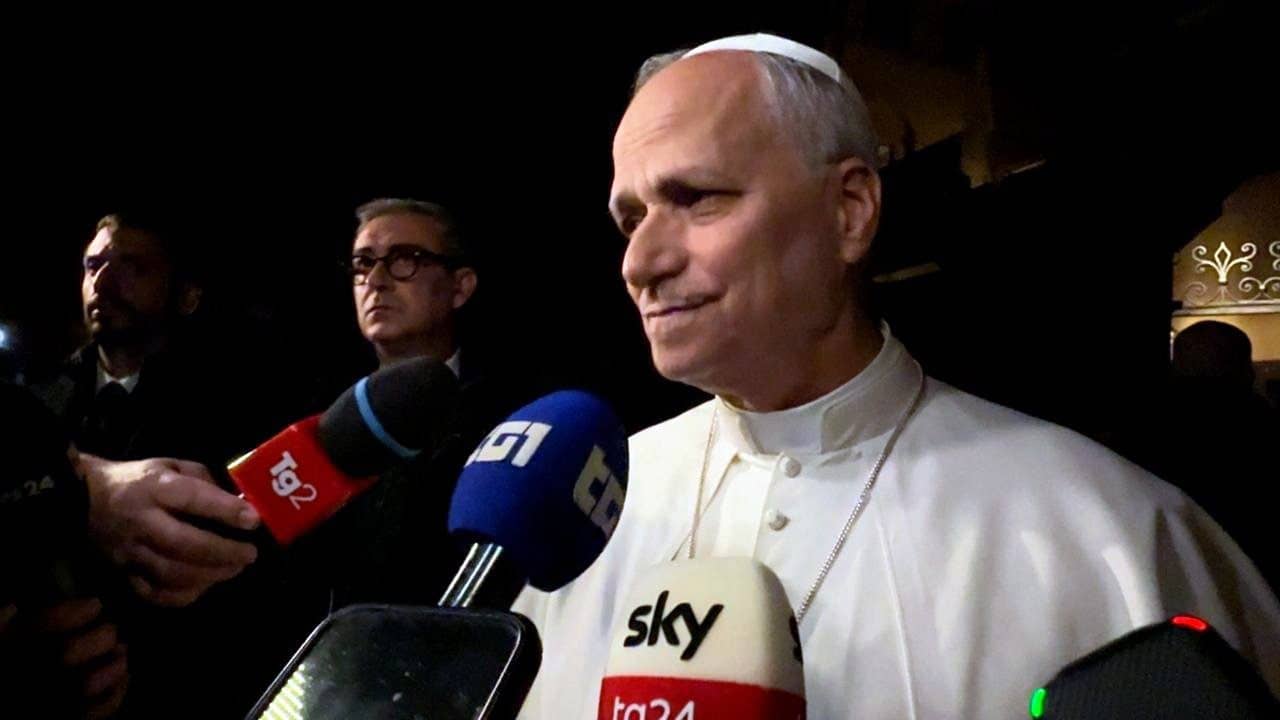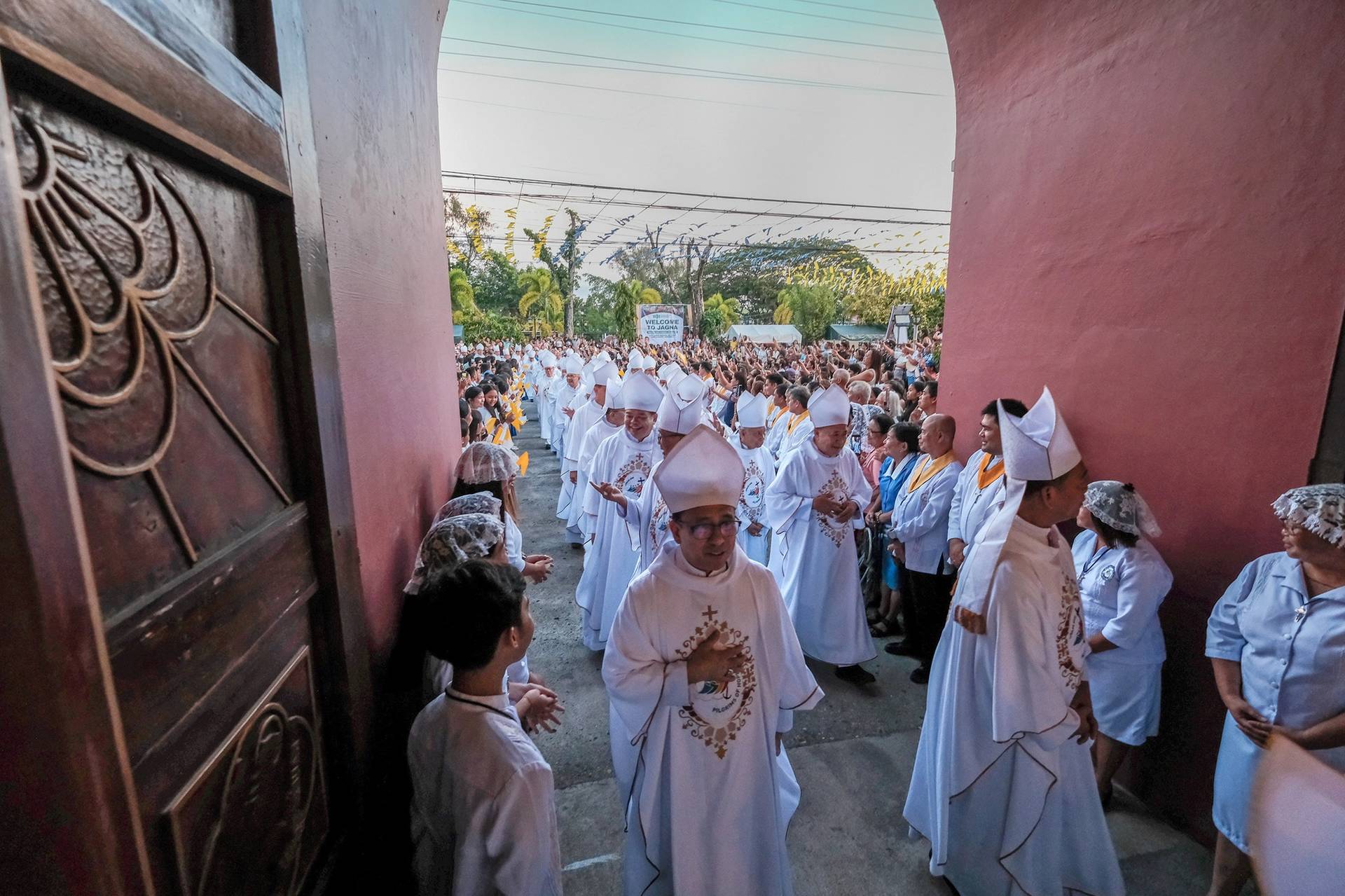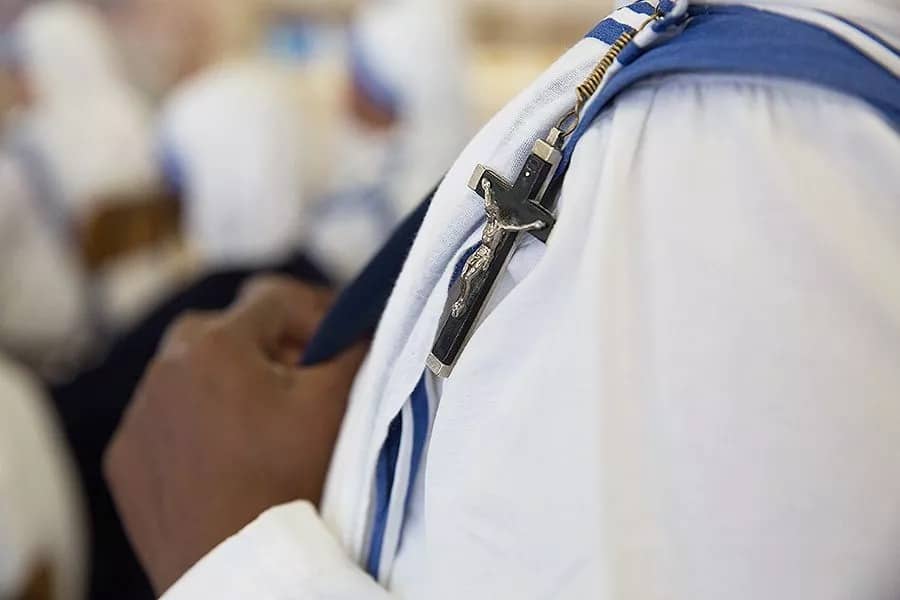One year after slain Salvadoran Archbishop Oscar Romero was beatified before a crowd of 500,000, in a splendid San Salvador ceremony last May topped by an auspicious solar halo, many Salvadorans are praying for his intercession in the current crisis gripping his beloved country.
Over the last year, the violence produced by El Salvador’s notorious gangs has soared, bringing the death toll to levels not seen since the 1980’s-era civil war, and giving El Salvador one of the highest homicide rates in the world.
After the carnage spiked in August, Pope Francis mentioned El Salvador during an Angelus prayer for world trouble spots — the first time El Salvador had figured in such a papal litany since 2001, when earthquakes devastated the country.
“I urge everyone to pray that justice and peace may flourish again in the land of Blessed Oscar Romero,” said the pontiff.
To date, the local church’s role in this crisis has been ambivalent. It supported a gang truce in 2012, which cut the homicide rate in half for over a year before losing popularity and, eventually, falling apart.
No one has come up with a workable solution to the persistent crime, which, apart from murders (which typically target the gang members themselves), also includes thefts and other petty crimes, most significantly extortion of businesses and individuals (which affects everyone).
The crisis has left some pining for a church figure like Romero, who was known as “the voice of those who have no voice” during a grave national ordeal. He seemed to single-handedly keep the country at peace; civil war only broke out following his assassination.
Last year, there were no murders reported the weekend Romero was beatified.
The current Archbishop of San Salvador, Jose Luis Escobar Alas, has sought to fill his predecessor’s shoes in the current crisis, issuing an epic pastoral letter, which he signed on March 24 of this year — the anniversary of Romero’s martyrdom, and the first observation of the date as Romero’s “feast day.”
The pastoral letter, called “I See Violence and Strife in the City,” is already being whispered about in San Salvador Catholic circles as being possibly the most important pronouncement from the Salvadoran church since Romero.
In it, Escobar concludes that El Salvador’s violence is driven by systematic social injustice and that it “has roots that can be traced back to colonial days.”
Power groups have imposed unjust arrangements over others, creating the violence that has permeated El Salvador’s history through the conquest, the colonial period, insurrections in the 19th and 20th century, and the recent civil war, Escobar argues. [My complete English translation of the document is posted here.]
In the more than 100-page document, Escobar rejects addressing the gang problem through law enforcement alone, arguing that the country must address the “root causes” of violence.
He recommends massive investment in social programs, even if it means reduced profits for business interests — and even if the current generation does not live to see the fruits. He also recommends going “against the grain” of “neo-liberal” economics to create an economy based on solidarity, and slams consumerism as out of place in a country that is Christian and poor.
Perhaps most radically, Escobar argues that Salvadoran violence is propelled by a history of impunity that dates back centuries, and he proposes a dramatic break with the past by conducting “historical trials” to adjudicate responsibility for civil war crimes.
That’s a prospect opposed by the Salvadoran right, which sponsored an amnesty law after the war, and has rallied to oppose recent efforts by Spain to extradite the Salvadoran army officers responsible for the 1989 killings of six Spanish-born priests in El Salvador.
Such statements are all the more startling from Escobar, who has been viewed skeptically by reformers. He’s a protégé of Bishop Pedro Arnoldo Aparicio of San Vicente, one of the Salvadoran bishops who openly defied Romero.
Escobar has also been criticized for several controversial decisions, such as ordering the removal (some would say destruction) of a mosaic on the cathedral façade created by one of El Salvador’s leading artists, and hastily closing down Romero’s human rights office (he has since reopened it).
Therefore, Escobar’s “conversion,” apart from being inspired by Romero, may be seen as akin to Romero’s own late about-face.
But it probably took more than inspiration from Romero to bring the archbishop around. In an October meeting with Pope Francis, the Pontiff urged El Salvador’s bishops not to reduce Romero to “a lovely image that adorns our churches and that we remember with a certain nostalgia.”
El Salvador still has problems, Francis said, and the country needs the Church in that country, as elsewhere, to have the odor of the sheep.
A priest present at the meeting acknowledged the call to action.
“For us in El Salvador, for all priests and for the bishops, this is a challenge,” Fr. Leopoldo Sosa told Vatican Radio. “Let us not be content with putting Romero on the altars, but let us imitate him,” he said.
“Our people are bleeding in this violence and insecurity—the problem of gangs, the ‘maras’—and I think we are lacking that figure, that model, that testimony, that hope,” he said.
Although Escobar cites Romero for his inspiration, he relies on Francis for much of the substance of his Letter, citing Evangelii Gaudium, the Aparecida document (issued by the 2007 Latin American bishops’ conference, the principal drafter of which was the future pope), Laudato Si’, Misericordiae Vultus and the Santa Marta sermons—all by Pope Francis.
The letter contains numerous Francis nuggets, including criticism of a “throw-away culture,” the yearning for a “culture of encounter,” and, of course, an emphasis on mercy.
In El Salvador, the Romero legacy seems to fuse seamlessly with the Francis Effect.
Carlos X. Colorado is a Salvadoran-American attorney who lives and works in Los Angeles. His blog, Super Martyrio, follows Romero’s canonization cause.
















